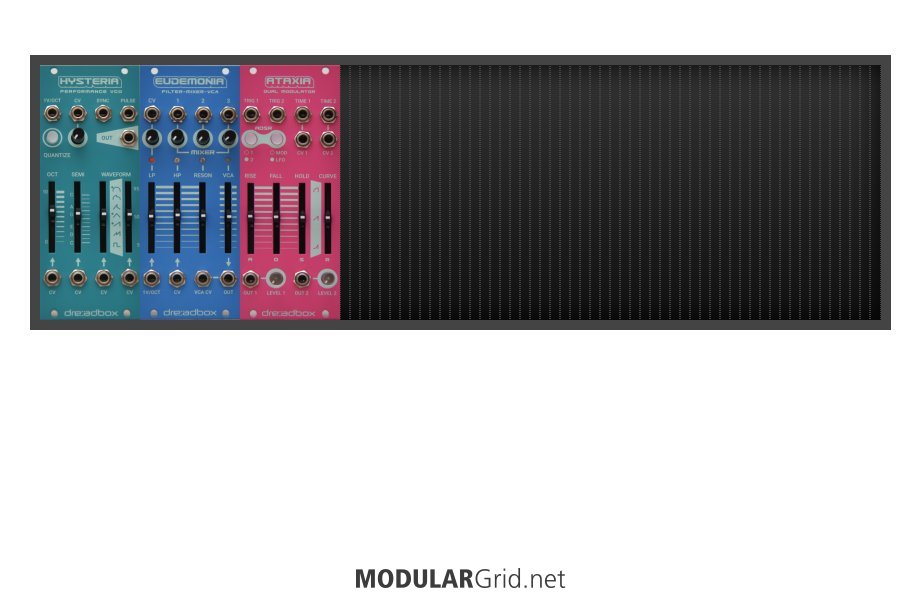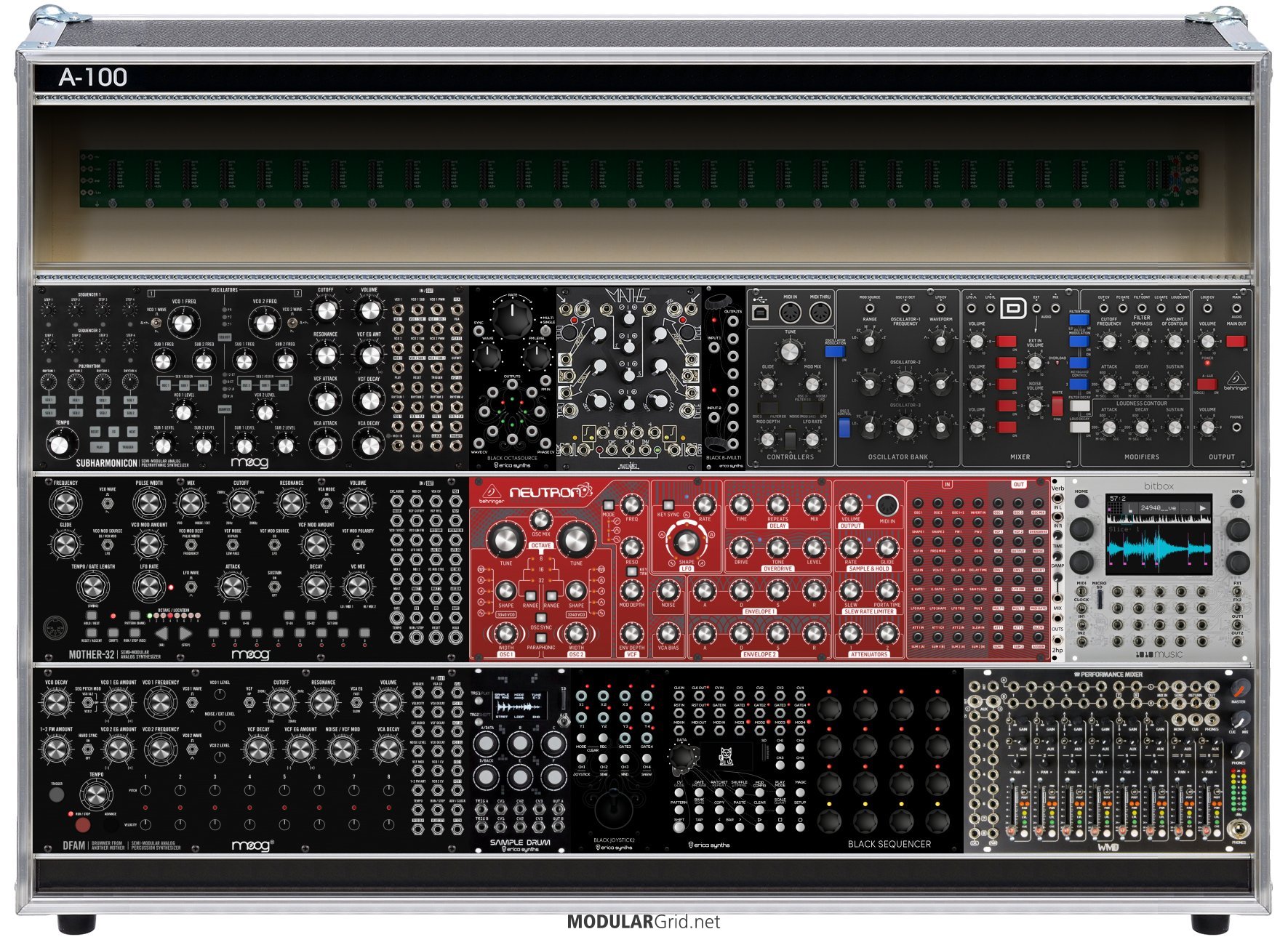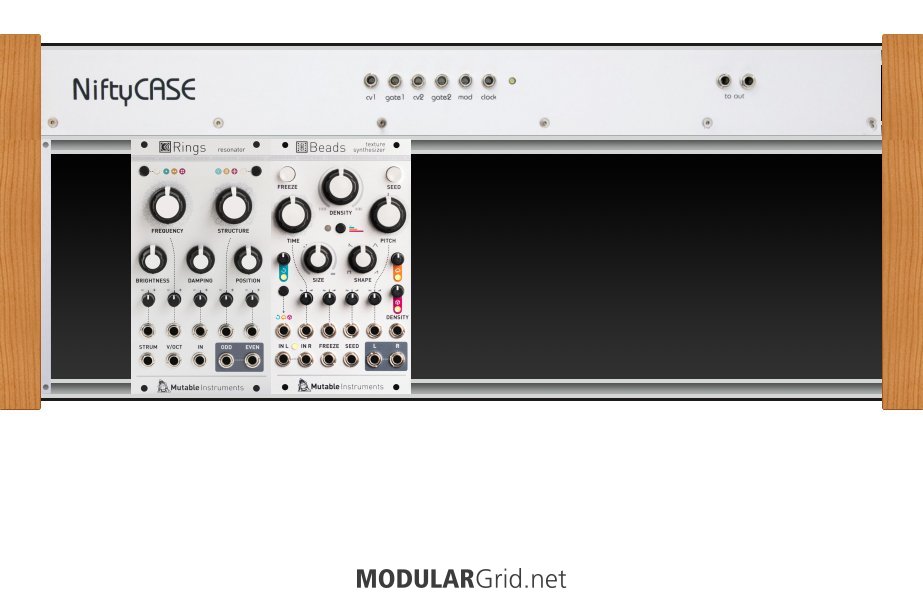Hello,
I am very shy and never post about my work, but I read and read and love the community of modular and synth people like you. Having said that, here is what I have on the way this weekend. I already owned all the semi-modular stuff, and yes, I understand that they should maybe not be in this case, but I want to build this system around what I already know and love while adding in all the other items on my wish list. Besides, the semi stuff is very immediate and ready to go anytime.
If this was yours, how would you place everything?
HELP lol Really considering the patch paths I need to take to be efficient and keep things somewhat orderly. So mixer, sequencer, modulation placement, voice placement, things like this. Want it to be clean and easy to patch :) BTW, I already paid for all of it, just waiting on delivery, so there is no going back. I hope I am as smart as my other personalities think I am.
Any thoughts on my concept would also be nice...
I already feel this is common sense:
-Behringer is evil and yes, I carry shame with that brand in my case. But, no one I know in real life will ever understand and I have no online cred anyway, so who cares. I have the only 2 I will ever buy!
-The case is really voiced and focused by the Moog sound. I'm so in love, and this case is a result of my passion for the triple Moog threat.
-I do not want to fill up the bottom row yet. I am saving the 164 HP for expansion as I further understand this case and evolve.
Side note. I also have Zoia and Poly Beebo on the side as sends (for now) and they can CV with some effort on my part. So, that's a huge consideration as those two pedals alone could probable serve as this entire rack, so my intention is to use them and just pull in the modules I need this way and maybe send there functions out as needed. Very much an open space :)
I will entertain all suggestions. If VCV rack has your module in it, I will try it tonight and learn from your suggestion.
Be gentle on me please, this is my first ever post on the internets and I have too much grey hair for a mid40's nerd.
-Love,
Shadowsaun






